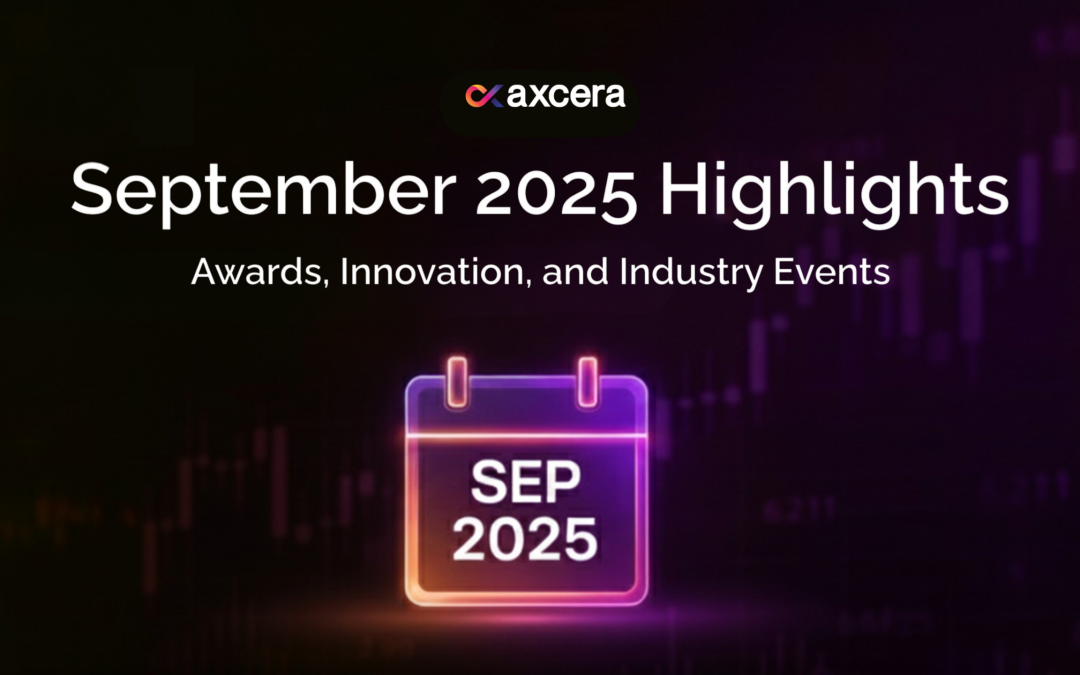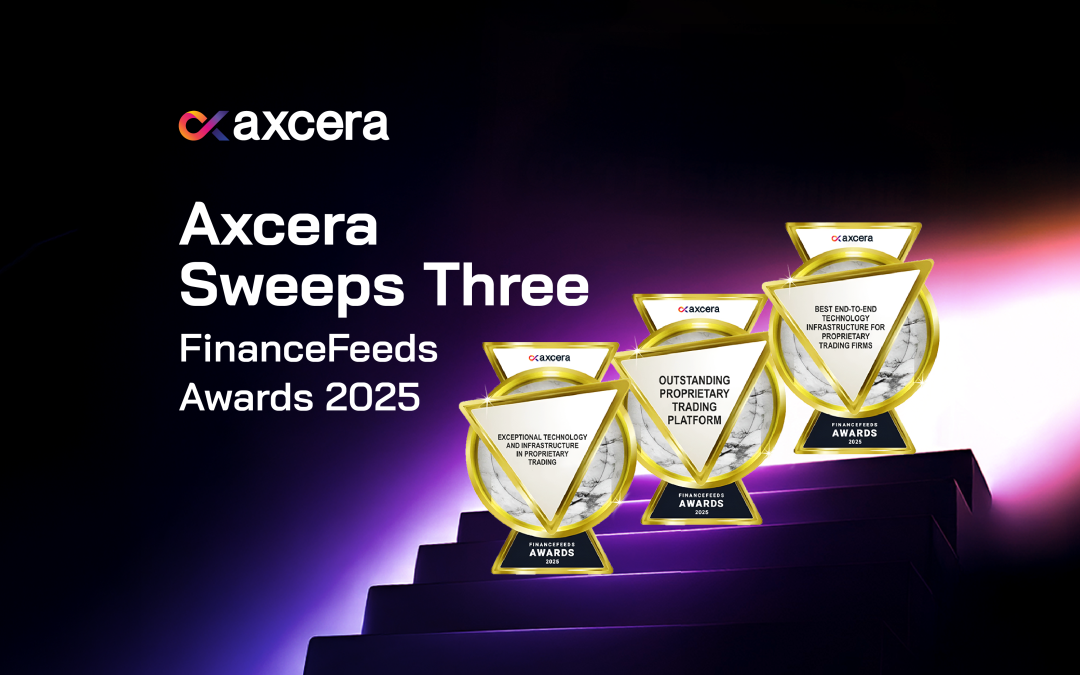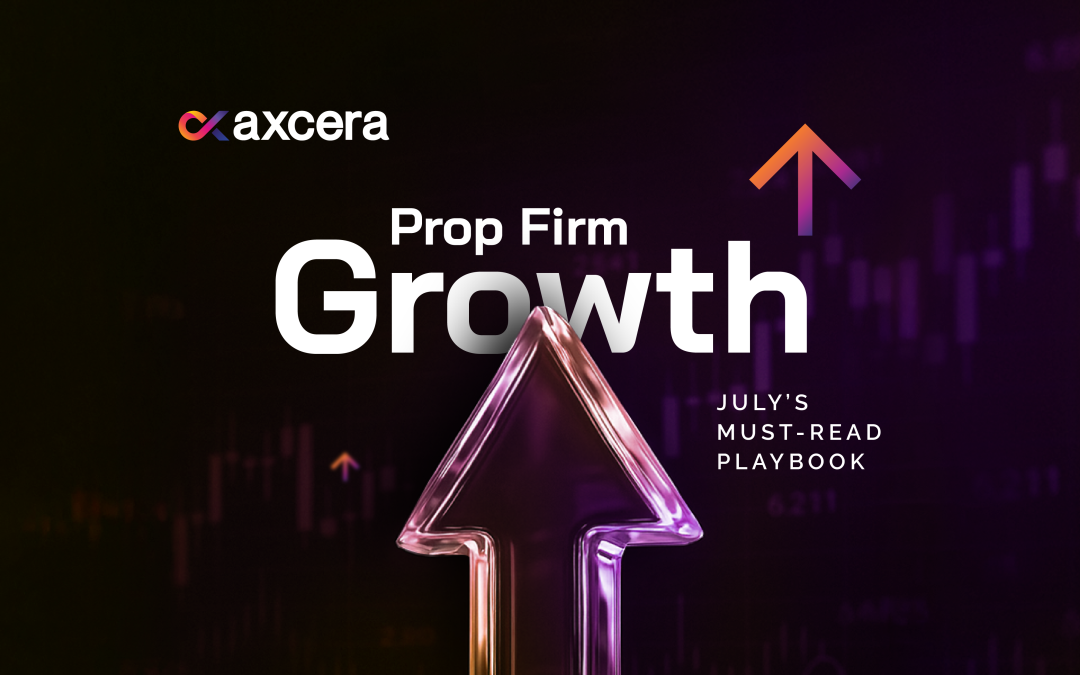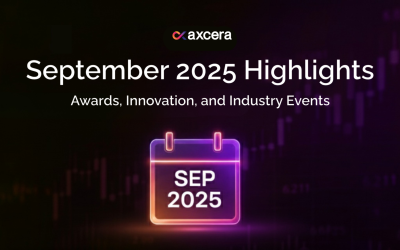Investing is, by definition, a forward-thinking industry. Traders do not buy assets, whether they are shares, stocks, options, currency pairs or whatever form they take, without an expectation that they are likely to increase in price.
However, the futures market takes this concept more literally, turning predictions on future market conditions into an asset that can be bought and sold, with a trade-off between predictability and volatility making it a potentially lucrative albeit risky market to trade within.
With the market being inherently rather complex, bespoke futures prop firm software is needed for any trading firm going in with their own money. Still, to understand what to look for in that software, it is essential to know what the futures market is and how it fits into your portfolio.
What Is The Futures Market?
A futures market is a market where standardised futures contracts are bought, sold and cleared, which can be good for financial hedging in a portfolio, speculation or a combination of both depending on the nature of the futures contract.
A futures contract is the agreement that whoever owns the contract will buy or sell a commodity or other financial instrument at a set time and for a set price.
For example, someone investing in steel futures might make an agreement to buy several tonnes of raw steel to be delivered to an agreed storage for a fixed amount in six months, assuming that the price for the steel will increase during that time.
The buyer has a long position and the seller has a short position, therefore, in the value of the asset, but the difference between this and an options contract is that when the contract expires there must be a settlement.
This settlement either takes the form of a physical delivery of an asset when agreed or a cash settlement based on the terms of the clearing house, often being based on the value of the asset at the time the music stops.
As a rare financial market that is open 24 hours a day, seven days a week irrespective of location, futures markets can be engaged without worrying about opening and closing times.
Whilst often considered to be a relatively recent market, the original futures market dates all the way back to the Dojima Rice Exchange that opened in 1697.
There were technically futures markets even before this, with the Code of Hammurabi having an early rudimentary futures market and some interpretations of the story of Thatles in Aristotle’s Politics (although this more closely resembles a commodity option rather than a futures contract).
However, the Dojima Rice Market was the first to establish the motive for making such a market; during the early 18th century, the value of rice plummeted as a result of poor harvests.
This was a problem for the samurai class, who were historically paid in rice by the “koku”, which they sold for cash, and so to avoid riots, the shogunate established the ability to fix a floor price for rice, which naturally became a speculative futures asset.
It would take another century for the Chicago Board of Trade to establish the first standardised futures exchange market, and since 1972 there has emerged a tremendous diversity of the market.

What Does Futures Software Need To Analyse
Futures contracts, as derivative contracts, have a lot of elements and variables that need to be tracked at the same time in order to develop effective trading strategies surrounding them,
At a bare minimum, a futures contract consists of:
- The asset to be bought or sold.
- How it must be delivered (physical delivery or cash settlement).
- When the asset needs to be delivered.
- Where the asset is to be delivered.
- The quantity of goods to be delivered.
- The currency being used for the trade.
- Minimum tick values (as these vary between exchanges).
- The final trading day and month for delivery.
All of these elements need to be easily tracked within a trader’s portfolio, and whilst there are standardised elements such as contract codes that help with this, it is important to ensure that these elements are kept track of.
Futures software needs to ensure that it is easy to keep track of expiry dates, in particular. Most prop firms are not expecting to trade in physical assets, so they need to ensure they have plenty of time to “zero” contracts, either moving them to new, later terms, selling them on or settling them.
They also need to keep track of trading patterns such as highest/lowest prices, comparisons between different trading sessions, opening and closing prices, and trading volume.









